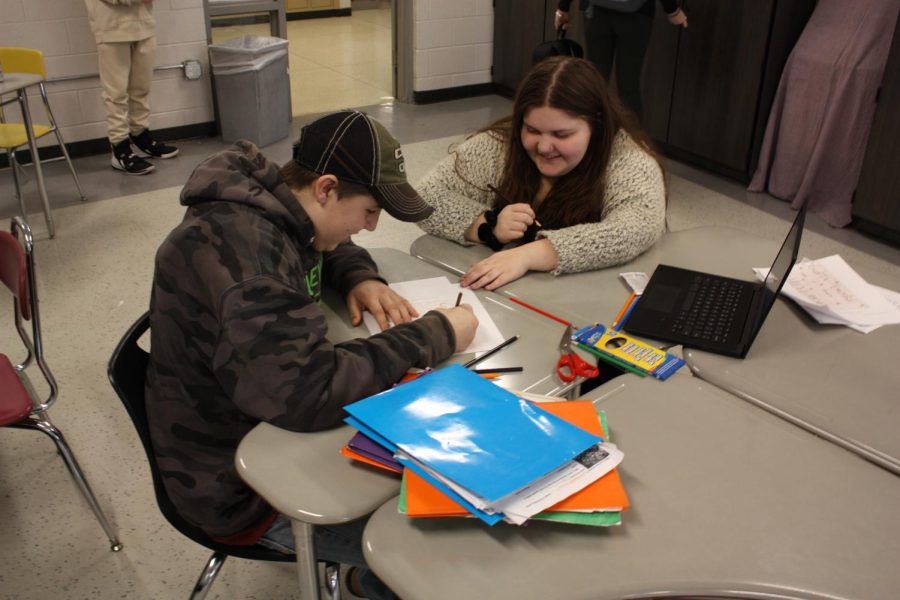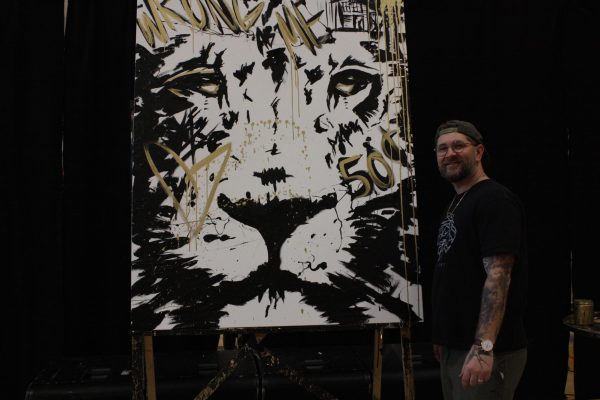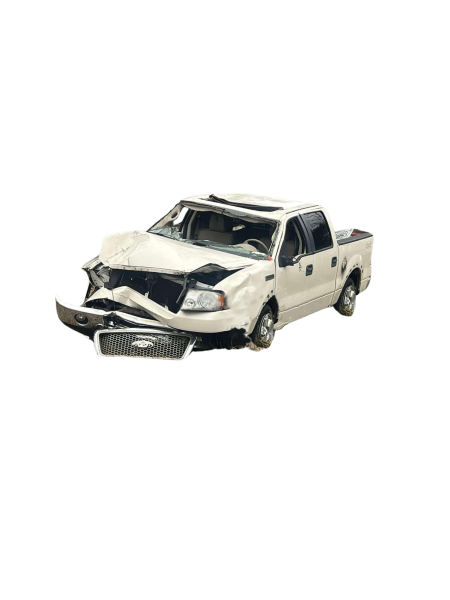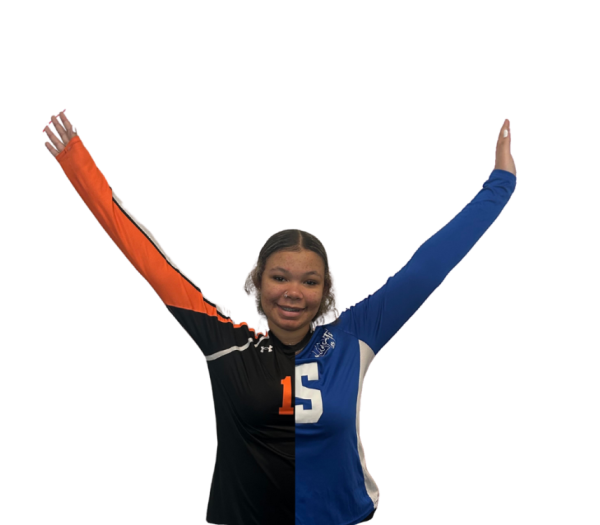Linking arms
How the Links Program helps students in need
Senior Madi Gipe works with her link Travis Whitney, grade 8, to complete assignment.
Imagine watching a student struggle because nobody is there to help them get through the problems brewing up in their mind. Imagine your peers getting behind in class because they can’t keep up with the work or don’t understand in the slightest idea what’s going on. Imagine that student was you. Wouldn’t you want someone to help you through these hard times?
The school has been home to the Links Program for nearly 10 years. Through those years, many mentors have helped keep the program alive such as counselor John Twining, who brought forth the idea of sharing this program with this school, as other schools brought the idea to theirs.
“I really liked working with the high school students. I really think I was helping them with understanding what they did and didn’t like, such as teaching and if they wanted to continue on that path or not,” Twining said.
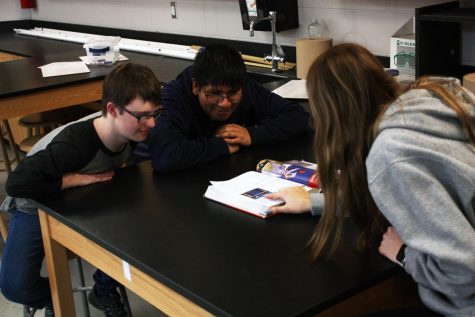
The Links Program allows those needing an extra hand learn how to cope with their different learning abilities and challenges and expand their knowledge while also growing relationships with those that are helping them. This is not only important for helping those with special needs, but also for the Links who mentor and gain a better understanding and perspective on the life of someone with special needs who needs a little more pushing and aid. After a while, both parties, learner and mentor, see each other in a new light through the experiences they both encountered together.
“The Links Program helps me and Brendon focus,” junior Paul Baird said. The program also helps those learn easier as well.
“It helps with the work,” sophomore Brendon Fletcher pointed out. Those getting help in the Links Program don’t have to worry about being judged or deemed less important than others based on the way they learn.
“The Links Program helps students understand people with other abilities and people with other unique challenges,” Killom said. “It kind of expands their view, you know? It broadens their view of things and gives perspective.” Killom has been in charge of the Links program for two years now, and enjoys every bit of teaching it.
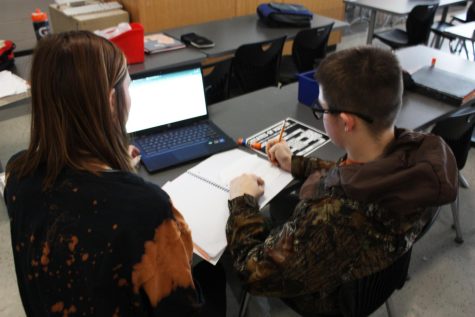
The Links Program is predominantly held in Killom’s room, but expands into school social worker John Twining and special education teacher Carrie Kalmar’s room as well for those with special disabilities and those that need an extra helping hand. Here, those who need help are given somewhat of a role model to them.
“I think teenagers have an amazing ability for caring and that this program gives them the opportunity for that, especially with helping others who need it,” Twining said.
The students feel the same way as the teachers.
“It helps me figure out my own patience,” junior Nick Pilch said.
Pilch is not the only one who feels that patience was a key element to what he learned in the Links Program.
“It taught me to take a deep breath and just relax a little bit,” sophomore Miley Moser said.
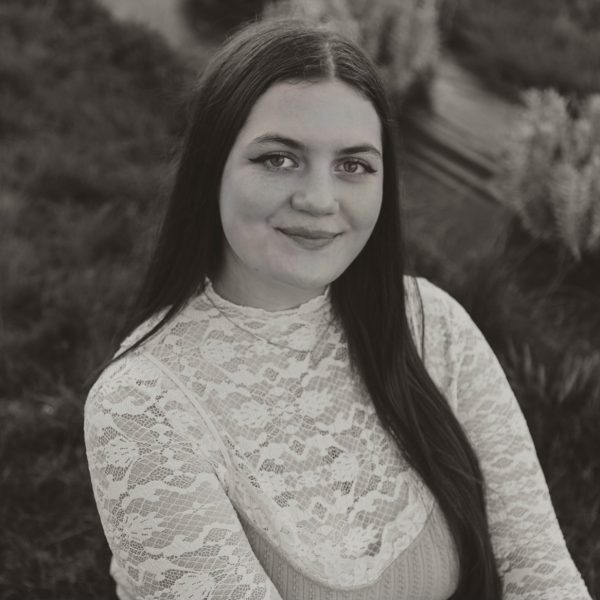
Taiyler Stanfield joined Uncaged halfway through her junior year and is an Editor-in-Chief this year. When she’s not yelling at students to do their...
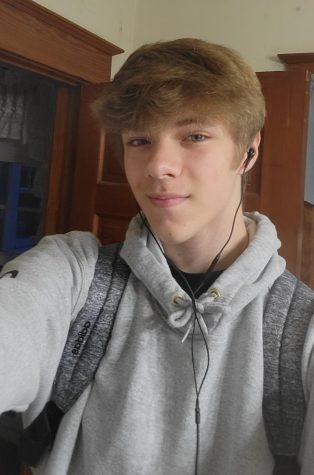
Michael Armstrong is a reporter in his Senior year. He enjoys listening to music and playing video games. This is his first and last year in Uncaged.
"I'm...



